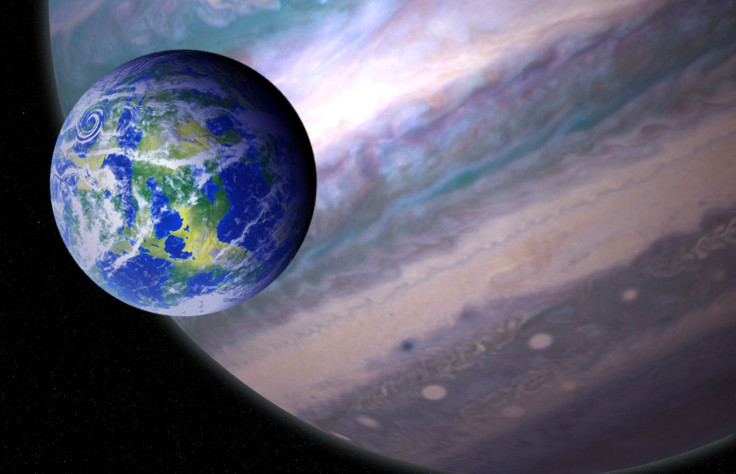Moons Of 121 Newly Found Giant Exoplanets May Have Life-Harboring Conditions

A group of researchers has identified more than 100 giant planets that may have moons with the potential to host life.
The search for life beyond has been focused primarily on the discovery of potentially habitable exoplanets, or those rocky worlds that might be geologically and atmospherically similar to Earth and sit in the Goldilocks zone of their star — where the conditions are neither too hot nor too cold but just right to support liquid water.
Scientists have identified some 50 such planets from thousands of exoplanet discoveries and NASA’s recently launched TESS satellite hopes to pin down many more exoplanets, some of which could obviously be in the Goldilocks zone. But, there’s one more way to expand the search — look for giant planets.
These massive, gaseous planets themselves might not be the right candidates to host life due to their composition and extreme gravity, but they can host rocky moons where conditions might be just as good or possibly similar to Earth to support life. For instance, Jupiter’s moon Europa, which sits outside sun’s habitable zone is often seen as the best possible place in the solar system that could allow life to thrive.
“There are currently 175 known moons orbiting the eight planets in our solar system. While most of these moons orbit Saturn and Jupiter, which are outside the sun’s habitable zone, that may not be the case in other solar systems,” study co-author Stephen Kane said in a statement.
This is why the research team from the University of California, Riverside, looked up and identified these 121 giant planets.
These gas giants are three times larger than Earth, but they all orbit in the habitable zone of their stars and more importantly, they all are expected to have several so-called exomoons circling around. While their existence has not been confirmed through direct observation, the work does provide the groundwork required to find the moons and look for the possibility of life.
Having said that, it is also worth noting some scientists believe these rocky moons might possibly make better candidates to host life, even more suitable than Earth. This is because they not just receive energy from their planet’s host star but also from their planets in the form of the radiation they reflect.
“Now that we have created a database of the known giant planets in the habitable zone of their star, observations of the best candidates for hosting potential exomoons will be made to help refine the expected exomoon properties,” lead author Michelle Hill said in the statement. “Our follow-up studies will help inform future telescope design so that we can detect these moons, study their properties, and look for signs of life.”
The study titled “Exploring Kepler Giant Planets in the Habitable Zone,” is set to be published in the Astrophysical Journal and the paper has been shared via academic preprint server arXiv.
© Copyright IBTimes 2024. All rights reserved.




















